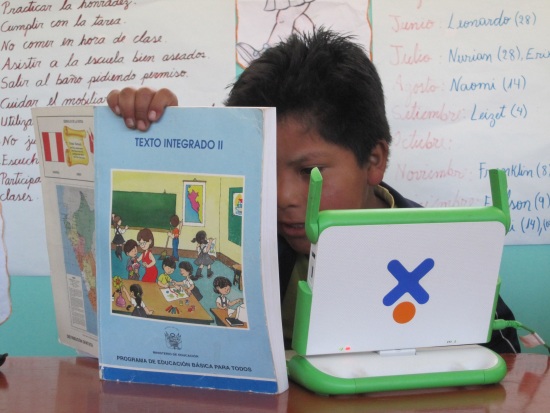
.
At first sight the Peruvian OLPC project "Una laptop por niño" is quite similar to Uruguay' Plan Ceibal. In both cases the projects are national initiatives which are strongly pushed by the respective governments.
In terms of their current size the projects are also comparable: Uruguay has so far distributed approximately 400,000 XOs and is currently adding 100,000 more laptops to its secondary school system. Peru on the other hand has distributed slightly less than 300,000 XOs to date and recently announced its intent to add another 300,000 over the coming year.
This however is where the similarities end. Uruguay's 400,000 XOs result in full saturation of the country's public primary school system whereas Peru's 300,000 only cover a small double-digit percentage of its primary school pupils. This example already demonstrates what I consider to be a key difference between the two countries: the size of the challenge to make "one laptop per child" a reality.
Undoubtedly Peru's Una laptop por niño offers many valuable lessons for ICT4E projects however in the grand majority of cases these will be how NOT to do something.
This is not to say that everything about Una laptop por niño is bad. It has undoubtedly opened enormous possibilities for thousands of teachers and pupils which will come up with interesting and creative ways to use the XOs and learn a lot in the process. Yet there's no doubt that the majority of teachers and pupils as well as other stakeholder such as administrators and parents will hardly see any benefit from the initiative.
OLPC in Peru is part of an overview of OLPC in South America, a first-hand report of XO laptop deployments in Uruguay, Paraguay, and Peru.

